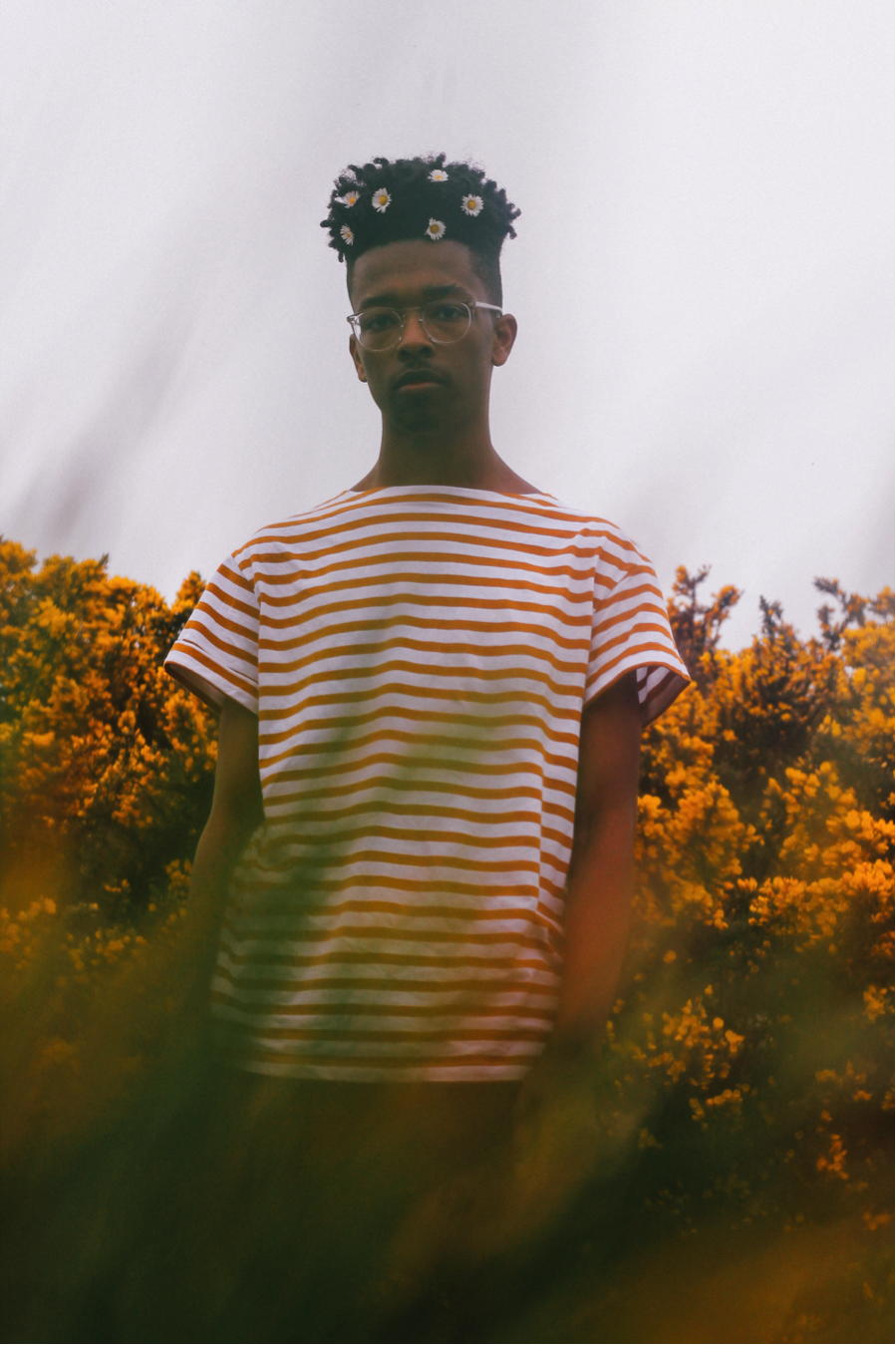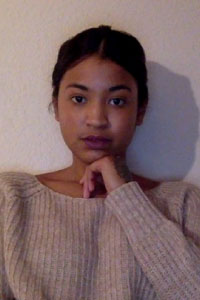More than ever, technology has helped bring awareness to the racial tensions African Americans face on a daily basis.
Tools such as Facebook and Twitter act as microscopes for issues such as police brutality, as they enable witnesses to capture raw video footage as evidence for the public.
However, 19-year-old photographer and Parsons School of Design student Myles Loftin has noticed racial tensions often manifest themselves in much subtler ways. In his most recent multimedia project, HOODED, the Photography major sought to humanize and decriminalize the way black boys are typically depicted in the media.

Loftin saw the contrast in representation when he searched the phrase “black boy hoodie,” which generates images of black, male criminals, versus when he searched “white boy hoodie,” which generates images of happy, white, teenage boys. As a way to counteract this, Loftin captures intimate moments between black boys interacting with one another, where, separately or together, they are caught mid-laughter in each other’s embrace, amidst a vibrant command of color.
The other segment of the project is a fluid extension of the photos, in which the same group of boys are filmed while audio clips, including Hillary Clinton’s “Super Predator” and George Zimmerman’s phone call reporting Trayvon Martin to the police, resound overhead. Following the audible objectification comes the omnipresent, one-line descriptor that often headlines the news in search of a criminal—African-American male.
The project itself was spurred by a class project, but the idea was inspired from a line written in Loftin’s journal that had remained dormant for a few months before he revisited it. After reading the line and drawing his vision, Loftin scoured the internet, gathering images and videos as reference points for his project in order to bring it to life.
“After everything was together,” Loftin says, “I typed up what I wanted to put in the project, what it meant to me and what I was going to use. My other projects are simpler, because there isn’t much research to do for those. Usually I come up with an idea, then come up with a mood board of a pallet of colors and images, and I shoot from there.”
Upon uploading HOODED to the internet, he said most of the responses he received were positive.
“Lots of people quoted [the pictures] on Twitter, saying how much they enjoyed it and felt it was important,” says Loftin.
Amongst his many photo projects, this was the first that Loftin intended to be political, and, as a black male photographer, he feels a responsibility to create art that positively represents his peers. However, he rejects the idea that artists are obliged to create social works.
“I feel like [artists] shouldn’t feel so pressured that they should have to make political art or be putting political art out,” he says. “I think it’s great that people put this out as a representation of us, but they shouldn’t feel like, ‘I’m a black artist, so I have to put out this black art.’ But people who do that should continue to do that.”
Outside of this project, his other works loosely revolve around portraiture.
“I shoot a lot of portraits of friends and people around me, and coincidentally they are all people of color,” he says. “That’s the consistent thing seen in my work.”
Loftin’s photography has been featured in venues such as “The Fader,” “Rookie” and Urban Outfitters. Being such a young addition to the world of photography, he finds the most difficult aspect of being a photographer to be inability of others to take him seriously and pay for his work.
“I don’t feel like I’ve been too restricted in my expression as an artist because of who I am,” he says. “The only way I’ve experienced [restrictions] is in terms of being able to sell art. Because I’m nineteen, and because people who support me are my age or younger, they are not as inclined to purchase.
“But being able to express myself—I’ve never felt constrained. I feel pretty free in my expression. But I do find that people don’t take you as seriously all the time when you’re younger. I’ve encountered a few instances of free work, and I had to turn them down because I’m a college student that’s got to pay for things. They think you’re a young artists, and that you’ll do anything for exposure, but that’s not always the case.”
Since first picking up a camera at fifteen, Loftin has learned two important lessons. The first deals with a common misconception amongst beginning artists.
“A lot of people get wrapped into thinking it matters what camera you have,” he says. “It doesn’t matter. It’s the artist, not the equipment. A lot of people don’t realize it, and have been told the opposite,”
The second, more profoundly, deals with the burdens of artistry.
“You can make a career out of being an artist. Parents have this idea that their child will be starving and won’t be successful. There might be moments where you won’t be successful, but you can make income from all of the art that you make,” he says.
Check out Hooded here, or follow Loftin on Instagram or Twitter.









